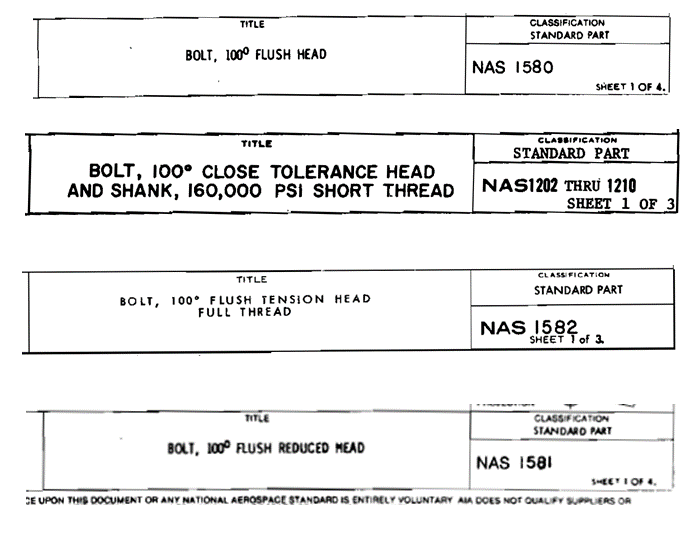Good morning all,
I'm trying to find the spec for NAS7404 and keep striking out. I have even went to the company owner to purchase it and he tells me he can't find it. This is a 100deg countersunk screw and I need to add the O/D of the csk after drilling. Can someone please point me in the right direction? Thank you.
I'm trying to find the spec for NAS7404 and keep striking out. I have even went to the company owner to purchase it and he tells me he can't find it. This is a 100deg countersunk screw and I need to add the O/D of the csk after drilling. Can someone please point me in the right direction? Thank you.

